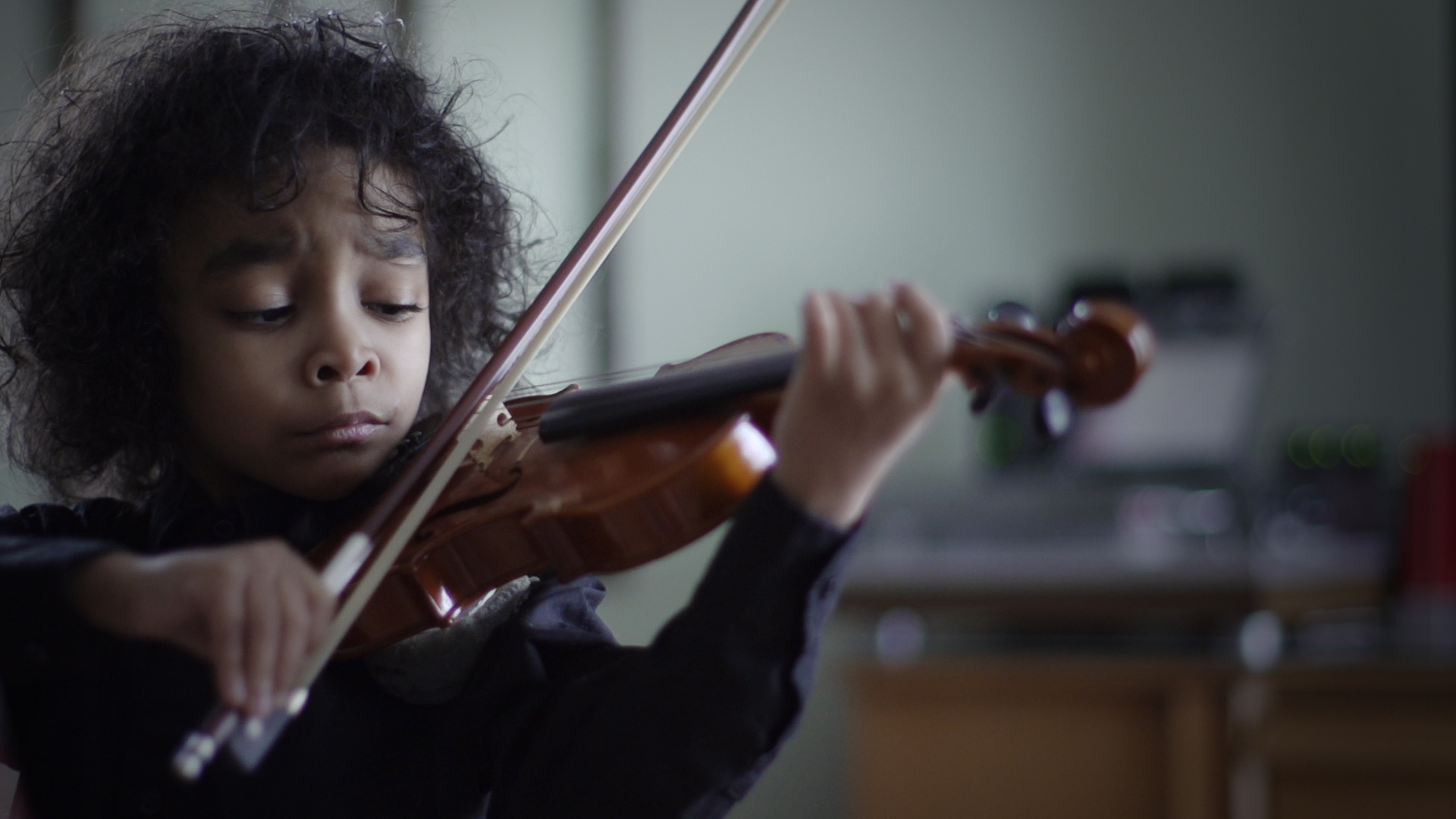
His instructor noted his natural “ear for music” and began teaching the two-year-old twice a week. He began playing the violin at the age of two and displayed a remarkable memory in the music he heard while still in diapers and speaking unintelligible toddler gibberish. 3 Akim CamaraĪkim Camara is a violinist prodigy in Berlin. She became the new world-record holder in mental square roots on January 2012 when she calculated the square root of 10 six-digit numbers in 2 minutes 43 seconds.

To top it off, she was the only participant to have 100 percent accuracy in addition, multiplication, and square roots in the history of the competition. She won first place by solving the square root of 10 six-digit numbers in a record-breaking 6 minutes 51 seconds. She bested 36 other competitors from 16 countries. She started mental calculation at the age of six, and by age 11 she was the youngest participant at the Mental Calculation World Cup of 2010-which she won. Priyanshi Somani is a mental calculator from India. He is currently studying for a PhD in Mathematics in the United States. He participated in a specially-designed double-degree program, Bachelor of Science in Mathematical Science and Master of Philosophy in Mathematics, which he completed in 2011-one year earlier than the designed curriculum. He also gained eight GCSE’s, which he took at the same time as his A-levels. He finished his A-levels, maintaining A’s in advanced mathematics courses and a B in Statistics. March Tian Boedihardjo was born in Hong Kong and is the youngest person to enroll at Hong Kong university at nine years old. He is currently working on his PhD in Quantum Physics. While working on his degrees, he asserted that he might one day disprove Einstein’s Theory of Relativity. He enrolled at Indiana University-Purdue University Indianapolis at age 10. Jacob proved the doctors wrong when he was able to recite the alphabet forwards and backwards-at three years old.Īt the same age, while visiting a planetarium, Jacob answered the presenter’s question of why the moons of Mars are oddly shaped. Doctors said that he might not be able to talk, read, become independent in basic daily activities. When he was two years old, he was diagnosed with moderate to severe autism. Jacob Barnett is an American mathematician. And at the same age, he passed two GCSEs in math and GCE Advanced Level math with flying colors, and was featured in BBC’s “The Growing Pains of a Teenage Genius.” He has difficulties in his studies because of his Asperger’s Syndrome, but undoubtedly, Cameron is a mathematical genius. He began studying his degree in mathematics at the Open University at age 11. When he was four years old, he corrected his teacher about her claim that zero is the lowest number, saying she forgot negative numbers. 7 Cameron ThompsonĬameron Thompson is a math prodigy from north Wales. He designed a compact nuclear reactor that he said would generate 50 megawatts of power and would need to be refueled only once every 30 years. In February 2013, he spoke at the TED 2013 conference about his ideas on self-contained underground nuclear fission reactors. In May 2011, he won the Intel International Science and Engineering Fair for his radiation detector. He built a bomb at age 10 and the fusor at age 14. Taylor Ramon Wilson is the youngest person in the world to build a working fusor: a device designed to create nuclear fusion. Today, he is working on finding a cure for cancer. He entered medical university at age 12, and by age 17 he was working on an Master’s Degree in Applied Chemistry. The surgery was on the hands of an eight-year-old burn victim, and Akrit separated the fingers. Though he wasn’t a doctor at the time, he was considered a medical genius locally. India’s Akrit Pran Jaswal became well-known when he performed his first surgery-at just seven years old. She is currently a PhD student and professor at the same university-with interest in econophysics, mathematical modeling of behavior in systems, and biological systems. She graduated summa cum laude in Bachelor of Science in Physics at age 16, and she was the valedictorian of her graduating class.

Mikaela Irene Fudolig entered the University of the Philippines at 11 years old. This list explores child prodigies in various fields in the modern world. There have been many child prodigies throughout history.


Some of us reach the peak of our careers during adulthood, but some are so talented and skilled during childhood that they are comparable or even superior to adults. Most of us aspire to reach excellence in our fields.


 0 kommentar(er)
0 kommentar(er)
